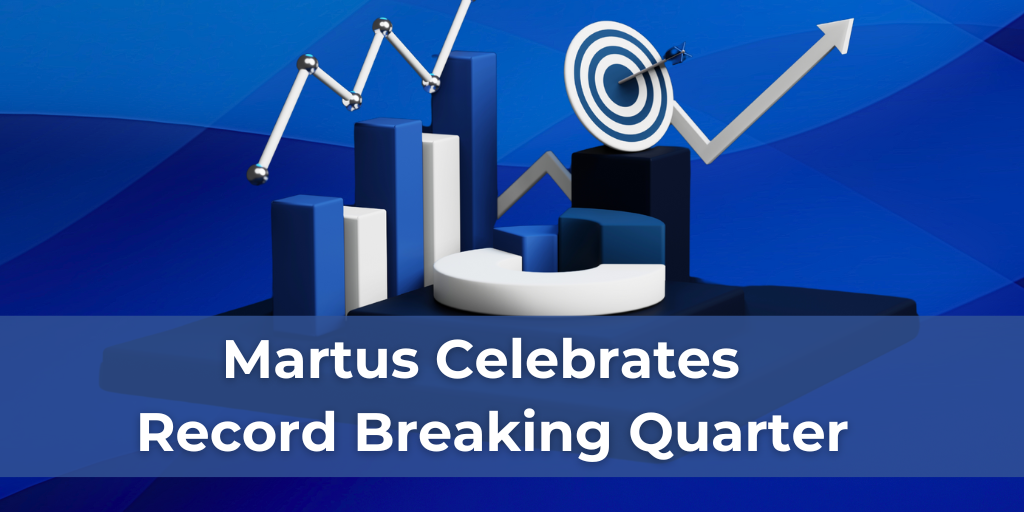[New Guide] How to Make Nonprofit Reporting Clear, Useful, and Actionable
You’ve seen the looks. The glazed-over eyes. The polite nods. The “Can we circle back to that?” deflection when you present the financial report at a...
2 min read
Martus Solutions : October 15, 2024

When it comes to board-level reporting, delivering timely, relevant information is essential for facilitating informed decision-making. Reports should go beyond numbers, telling a financial story that conveys the organization’s health and goals in a way that board members and executives can easily grasp.
Understanding the dynamics of your audience—whether it's the board, finance committee, or executive team—is key. Effective reporting should cater to their collective needs and preferences. Some board members may have different levels of familiarity with financial data, so presenting information in a clear, interactive way can help build confidence in the organization’s financial standing.
The goal of smart reporting is to make critical financial information accessible. This includes cash flow, payables, revenue and expenses, budget comparisons, forecasts, and success scorecards. However, organizations often face challenges in compiling these reports, such as time constraints, limited resources, and specific format requests.
One of the most critical elements is keeping a close eye on the cash position. By emphasizing cash reserves and the overall cash flow situation, you provide stakeholders with essential insights into the organization’s ability to meet its financial commitments.
Evaluating an organization’s financial health goes beyond just reviewing cash reserves. Key indicators include:
These factors provide a clearer picture of the organization's financial health, empowering better decision-making at the board level.
The Importance of Visual Cash Management
Visually representing cash balances and projections can transform financial management. By tracking operating cash days against targets, organizations gain a deeper understanding of their financial health. This makes cash management a critical component of any reporting strategy.
Innovative Reporting Techniques
 Take, for example, a case study involving Calvary Church in Winston-Salem, North Carolina. By leveraging tools like Martus and Power BI, the church was able to improve its financial reporting. Martus’s integration with Sage Intacct allowed for the seamless extraction of real-time financial data, which was then turned into dynamic, visually engaging reports through Power BI. The combination of actual data and customizable graphs helped to create a comprehensive and easily digestible report for the church's board.
Take, for example, a case study involving Calvary Church in Winston-Salem, North Carolina. By leveraging tools like Martus and Power BI, the church was able to improve its financial reporting. Martus’s integration with Sage Intacct allowed for the seamless extraction of real-time financial data, which was then turned into dynamic, visually engaging reports through Power BI. The combination of actual data and customizable graphs helped to create a comprehensive and easily digestible report for the church's board.
The Power BI Workflow
Power BI plays a pivotal role in transforming raw data from tools like Martus and Excel into visually engaging graphs and charts. These are then published to the cloud and embedded into presentations, enabling real-time updates and collaborative analysis, making it easier to present up-to-date financial reports during board meetings.
Enhancing Financial Visualization
Dynamic financial reporting, which blends visuals and narrative, can reveal trends and insights that might otherwise be missed. For instance, graphical representations of attendance and revenue data can help uncover seasonal patterns and year-over-year growth trends, leading to a more comprehensive understanding of organizational performance.
The Importance of Up-to-Date Reports
Keeping reports current is critical to ensuring that the board has the most relevant information. The integration of reporting tools like Martus with platforms like Power BI offers organizations the ability to maintain and present engaging, up-to-date reports that accurately reflect their financial status.
Effective board-level reporting is crucial for sound financial decision-making. Smart reporting techniques—focusing on cash management, incorporating dynamic visualizations, and using innovative tools like Power BI—empower organizations to present clear, actionable financial insights. By mastering the art of financial reporting, organizations can enhance their transparency and ensure that key stakeholders are equipped with the data they need to guide the organization toward success.
Whether you're aiming to enhance your budgeting and reporting processes or simply seeking an easier way to manage budgets, Martus has a solution for you.
![[New Guide] How to Make Nonprofit Reporting Clear, Useful, and Actionable](https://www.martussolutions.com/hubfs/Martus%20Customer%20Success.png)
You’ve seen the looks. The glazed-over eyes. The polite nods. The “Can we circle back to that?” deflection when you present the financial report at a...

Q1 2025 wasn’t just our best quarter yet - it was a milestone that marked the next chapter of growth for Martus Solutions, our partners, and the...

Greenville, SC, April 10, 2025 - Martus Solutions, the company redefining how finance teams budget, forecast, and report, has announced its most...